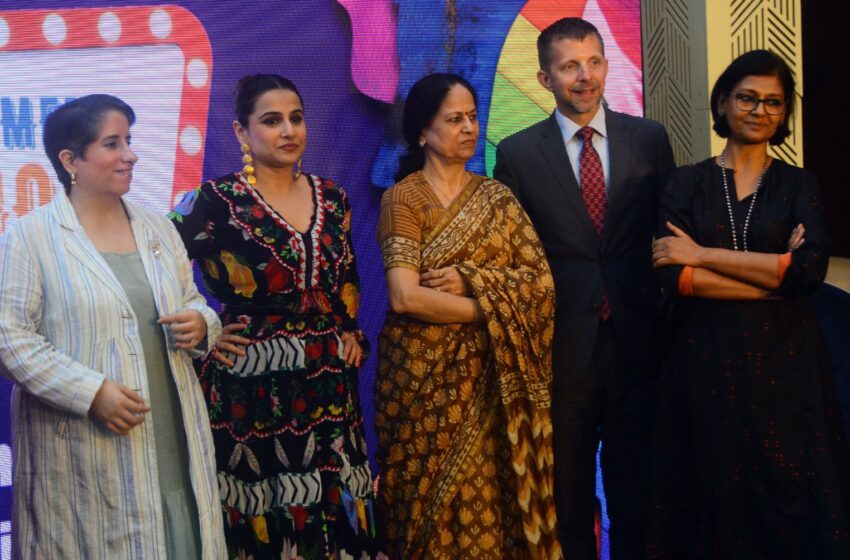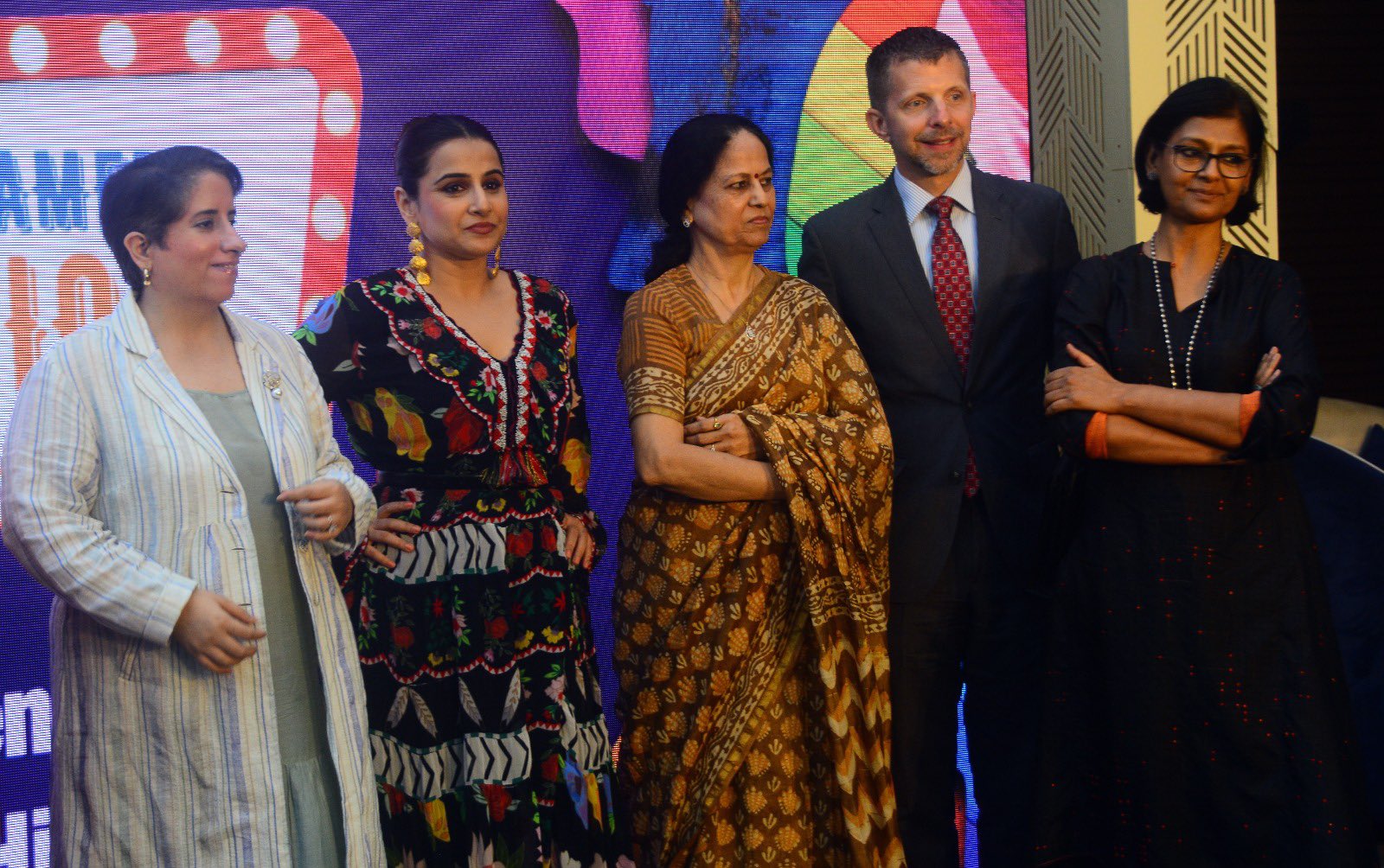New report for more equitable gender representation in Hindi cinema


For Bollywood and Hollywood to thrive, India and US must work together to improve conditions for women, says US diplomat
Only 2% of characters played in Hindi cinema are by queer actors. The remaining whopping 72% of characters in the analyzed films are played by cis-males, 26% by cis-females.
The most popular skin tone for women characters is fair skin and body type is thin for lead characters.
In terms of expression of romance, most often it is the male characters who initiate intimacy.
Majority of characters in films are in the age group of 21-45 years, and belong to Hindu dominant castes.
These are some of the eye-opening findings of a new report that reveals women and queer representation in Indian cinema remains largely stereotypical.
In an interesting development, the US Consulate General in Mumbai funded the new research report by the School of Media and Cultural Studies at the Tata Institute of Social Sciences, Mumbai.
Entitled “Lights, Camera, and Time for Action: Recasting a Gender Equality Compliant Bollywood,” the report suggests that the past decade may have seen a phenomenal growth when it comes to subjects and treatments of story lines in Indian cinema. However, there is still a lot to be done especially when it comes to gender roles in cinema.
Bollywood actor Vidya Balan, filmmaker and social advocate Nandita Das, film producer and two-time academy award winner Guneet Monga Kapoor, were among those present to release the report, in Mumbai recently. Mike Hankey, US Consul General in Mumbai was also present.
READ: Polite Society: A new-age tale of South Asians (March 31, 2023)
Some other findings reveal that even though women in employment and in public domain work are shown in films, the work roles they play are gendered, with a greater presence of women in health care, education, entertainment, and journalism.
In contrast, it is the women-centric films that have greater diversity and explore inbound subjects dealing with relationships, sexuality, motherhood, and other sensitivities.
The report also highlights that people with disabilities are rarely seen in films. Only 0.5% of characters are shown with disabilities.
About the US Consulate funding the project, Hankey says, “The US Consulate General in Mumbai is proud to support this project because we know that for Bollywood and Hollywood to thrive – for India and the United States to thrive – we must work together to improve conditions for women.”
“This work goes beyond the realm of art and entertainment; it also holds profound implications for international relations” he said.
Nandita Das adds, “This is a very important report that tells us where we are in terms of representation in Hindi films, both, in front and behind the camera. Anecdotally we may feel we are far better than where we were, but the research and statistics show us that we have a rather long way to go.”
“It is a detailed and thought through report that needs to be seen by anyone who cares to be part of the change that we want to see in the film industry. That’s why it’s rightfully called – Lights, Camera and time for action,” she said.
